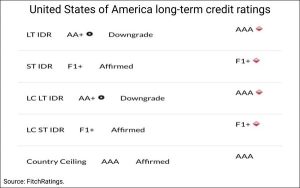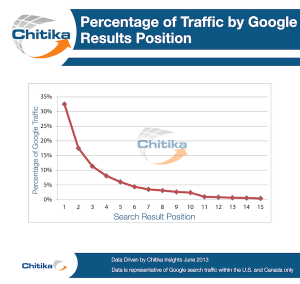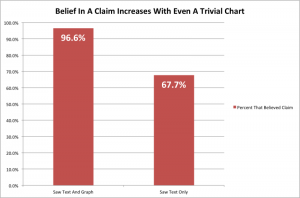As 2015 comes to a close, marketers have turned their attention to forecasts of next year’s ad spend growth. Earlier this week, three major advertising firms, Magna Global, ZenithOptimedia, and GroupM, came out with revised projections for 2016 ad spend growth. After a lackluster year of ad spend growth in 2015 (estimated between 3.2% – 3.9%), this next year will be an important one for the future of the advertising industry.
Yet estimates for the next year of advertising spend aren’t much higher than this current year’s growth. The three previously mentioned firms estimate spending growth of only 4.5% – 4.7%. What’s occurring is a shift in consumer behaviors and preferences, and marketers need to ensure their valuable budgets are spent on channels that effectively reach consumers and drive quantifiable results.
TV Ad Sales Are in Decline, But Digital Is Here to Save the Day
TV’s slowdown in advertising spend is largely due to the evaporation of the television advertising market. As TV audiences continue to shrink in size, advertisers have become less willing to continue allocating ad dollars to this medium. Only the Super Bowl still attracts the supersized audiences that once defined television advertising. But who can afford these ads now? This year, 60 seconds of airtime during the Super Bowl costs over $ 10 million. Shrinking audiences and expensive ads resulted in TV ad sales dropping 0.1% in 2015, according to Magna Global. The 2016 forecast shows minimal improvement, with only 1.4% in expected growth.
There is hope for advertisers. Digital media channels continue to drive overall ad growth, and GroupM expects digital advertising to comprise 90% of net global ad growth in 2016. Advertisers shifting their budgets towards digital media channels are achieving advanced targeting and personalization simply not available with television ads. Digital channels, such as Facebook and Google paid search, allow advertisers to target specific consumers more likely to make a purchase. The result? The lowest possible ad spend with the highest possible ROI.
Mobile Ad Spend Continues to Surge
Along with digital advertising as a whole, the growth in mobile ad spend continues to skyrocket. While only accounting for $ 50 billion of total spend in 2015, ZenithOptimedia expects this number to reach $ 114 billion in 2016 – at which point it would overtake desktop ad spending. Smartphones are everywhere and are our first resource for almost everything. Marketers are finding ways to capitalize on this growth with new advertising strategies that put their brand message in front of consumers in the right context and at the right time.
Ad dollars are also shifting to mobile because of the actions consumers take after seeing a mobile advertisement. Instead of only ad clicks and form fills that come from desktop advertising, mobile ads also drive a more desirable response: phone calls. Phone calls consistently convert to revenue 10x more than web leads, making them extremely valuable to marketers. As a result of the growth in mobile ad spend, analyst firm BIA/Kelsey predicts phone calls to businesses from smartphones will reach 162 billion by 2019. As more ad dollars are spent on mobile, it becomes increasingly important to prove the ROI of these ads. With a higher percentage of mobile conversions coming in as call conversions, call attribution is crucial to your ability to attribute these calls back to the ads, campaigns, and keywords that drove them.
If you want to learn how to drive more calls from your mobile advertising and how to attribute them back to your marketing efforts, download our new guide: The Click-to-Call Playbook for Paid Search.
Digital & Social Articles on Business 2 Community(48)
Report Post






